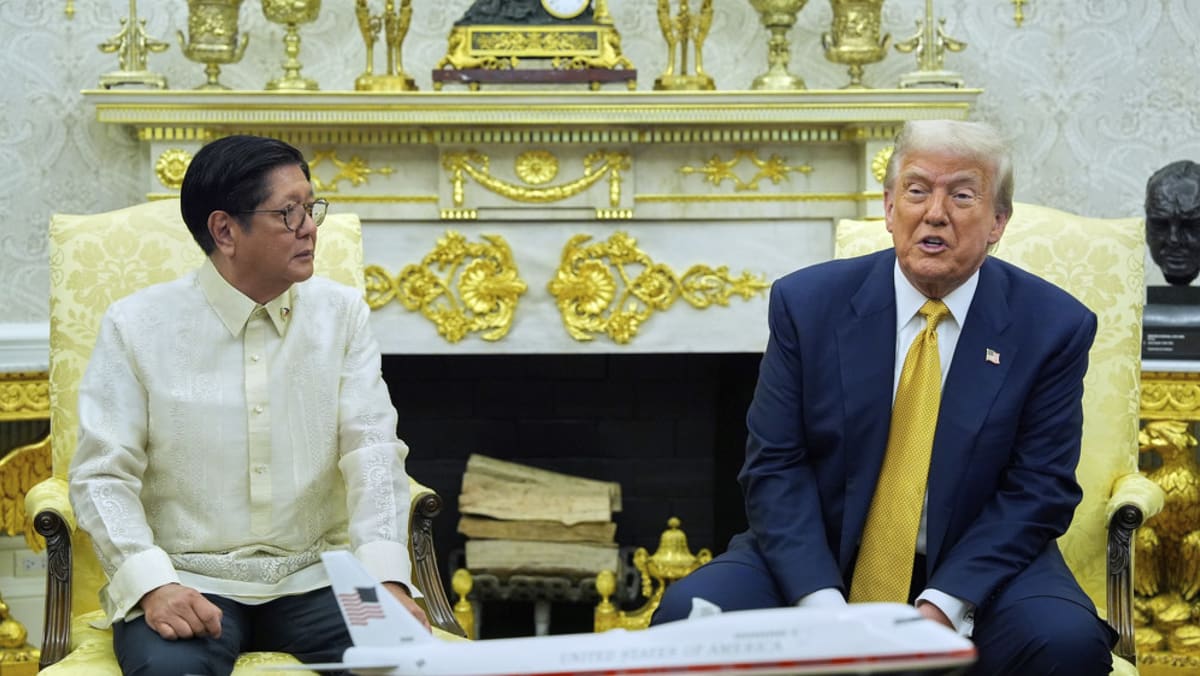Trump said the “very big numbers” in the trade agreement would only grow larger. The US had a deficit of nearly US$5 billion with the Philippines last year on bilateral goods trade of US$23.5 billion.
Trump has upended global trade flows with tariffs on nearly every trading partner, with almost all countries facing a 10 per cent tariff that took effect in April and many facing steep additional tariffs from Aug 1.
Gregory Poling, a Southeast Asia expert at Washington’s Center for Strategic and International Studies, said it was too early to say much about the Philippines trade deal since no details had been released, as was the case with similar pacts with Indonesia and Vietnam.
“At the end of the day, I don’t think the Philippine government is sweating the final number so long as it keeps Philippine-made goods competitive with those of its neighbours, which this does,” Poling said.
The White House announced further details of a framework for a US-Indonesia trade agreement on Tuesday, saying negotiators were due to finalise the terms in coming weeks.
During the Oval Office event, Trump said he may visit China for a landmark trip “in the not-too-distant future” and noted the Philippines had distanced itself from Beijing after his election last November.
“The country was maybe tilting toward China, but we un-tilted it very, very quickly,” Trump said.
Philippine officials had said Marcos planned to stress that Manila must become economically stronger if it is to serve as a truly robust US partner in the Indo-Pacific.
Protesters gathered near the White House as Marcos arrived, demanding the Philippine leader address pleas of Filipino Americans and migrant workers who have made multiple requests for support amid federal immigration raids.
